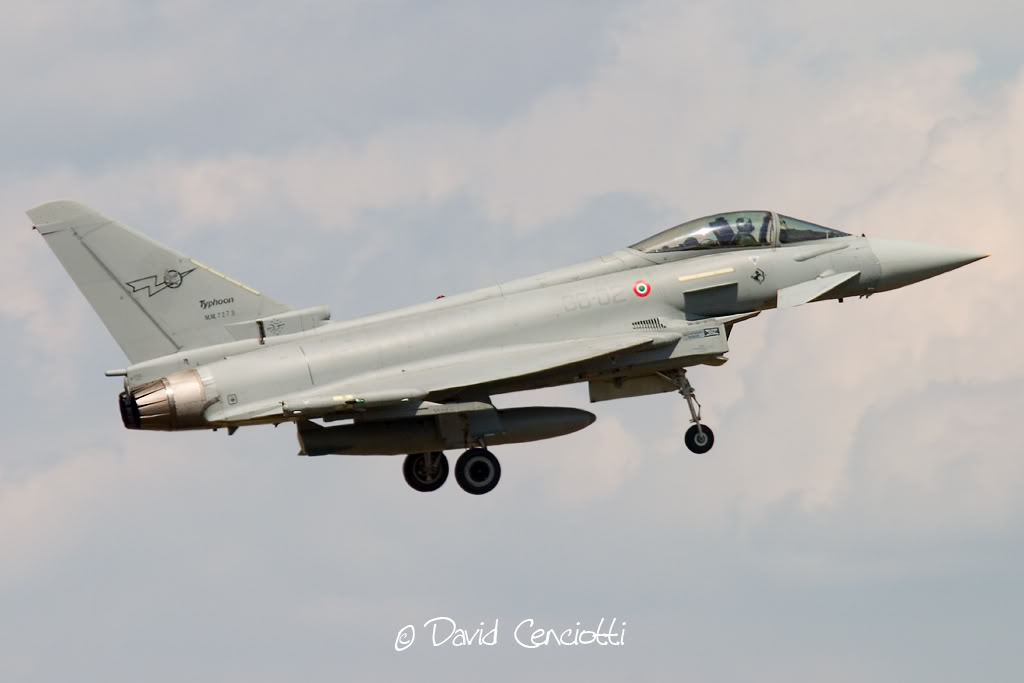
The tension is high in the Black Sea area, where Russia says it fired warning shots at British warship that had allegedly entered Russian territorial waters near Crimea. But the British MOD says no shots were directed at HMS Defender.
The details of the incident are still unclear but according to the Russian MOD, HMS Defender, a Type 45 destroyer part of the UK’s Carrier Strike Group, currently involved in a mission in the Black Sea, entered Russian territorial waters near Crimea today. As a consequence, a patrol ship fired twice at the British vessel and a Russian Navy Su-24M jet dropped four bombs near the destroyer or “in its path”, the Russian MOD was quoted to say.
The British embassy’s defence attaché has been summoned to the Russian defence ministry, Interfax news agency reported, according to BCC.

The British MOD has a different version of the incident:
We believe the Russians were undertaking a gunnery exercise in the Black Sea and provided the maritime community with prior-warning of their activity.
No shots were directed at HMS Defender and we do not recognise the claim that bombs were dropped in her path.
— Ministry of Defence Press Office (@DefenceHQPress) June 23, 2021
So, what has really happened? Hard to say.
According to AIS (Automatic Identification System) tracks, also is used to improve the maritime situational awareness Information by gathering signals by ashore AIS stations as well as by warships and patrol aircraft, both equipped with their own interrogation systems, HMS Defender skirted Crimea possibly entering waters that Russia views as its own (it’s worth noticing that most of the international community, including the UK, do not recognize Crimea as part of Russia). But AIS is prone to spoofing and the positions of two NATO warships, including HMS Defender, have been falsified in the last few days, showing that they sailed from Odessa to Sevastopol, approaching to within two nautical miles of the entrance of the strategic port that houses the headquarters of Russia’s Black Sea fleet. However, it turns out the two warships hadn’t left Odessa.
The AIS logs show that HMS Defender actually skirted Crimea and waters that Russia views as its own.
Current position (11:07 UTC/GMT) pic.twitter.com/tRcuHb4R7u
— Hans de Vreij (@hdevreij) June 23, 2021
Whatever, the Black Sea has become a region of growing tension, especially since Russia annexed Crimea from Ukraine in 2014. The Black Sea is considered strategic to the U.S. and NATO, as shown, for instance, by the amount of missions flown to the region by U.S. B-52s, B-1s (training on LRASM attack profiles) and F-16s (flying JASSM cruise missile tactics training). The Sea of Azov, a shallow sea bordered by Ukraine and Russia and divided from the Black Sea by the narrow Kerch Strait is also a region where tension between Moscow and Kiev remains high. Tensions have risen since Russia annexed Crimea and built a bridge across the Kerch Strait. Since then, Russia controls ships entering the Azov Sea, on the grounds that it tries to prevent a terrorist attack. In March 2018, Ukraine’s border guards detained a Russian fishing boat. Russia accused Ukraine or ‘state piracy’ and last week, Russia detained two Ukrainian fishermen accused of poaching, the Russian State-sponsored reported.
With growing military presence in the area, the risk of escalation is high. You will probably remember what happened last year, when a B-52 flying over the Black Sea was intercepted by two Russian Su-27 Flankers. The Pentagon called the interception of its B-52H “unprofessional and unsafe” and published a video showing the Russian combat aircraft aggressively maneuvering close to the bomber flying in international airspace. While aerial interceptions are quite common over the Black Sea as well as in other regions (including the Baltics), it’s quite rare that these close encounters involve one of the parties firing warning shots….
Update 15:15 GMT
Here’s the version of a journalist who is aboard HMS Defender.
My colleague @bealejonathan is on board @HMSDefender in the Black Sea and has just sent this update. There’s more here https://t.co/KhzdezZ833 pic.twitter.com/u0tYj7IbqJ
— Jonah Fisher (@JonahFisherBBC) June 23, 2021



